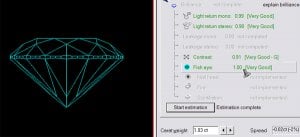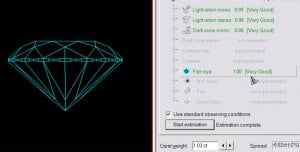pricescope
Ideal_Rock
- Joined
- Dec 31, 1999
- Messages
- 8,266
Brian Gavin (aka BrianTheCutter) has written an article on how different levels of Painting & Digging influence premium diamonds differently.
Visible Effects of Painting & Digging on Superideal Diamonds
Visible Effects of Painting & Digging on Superideal Diamonds











300x240.png)